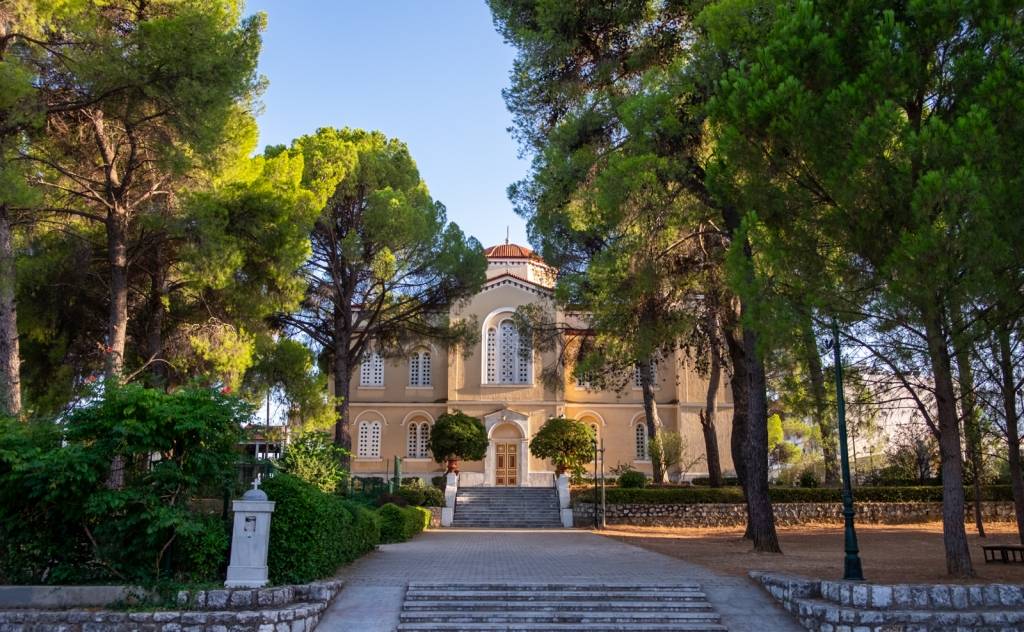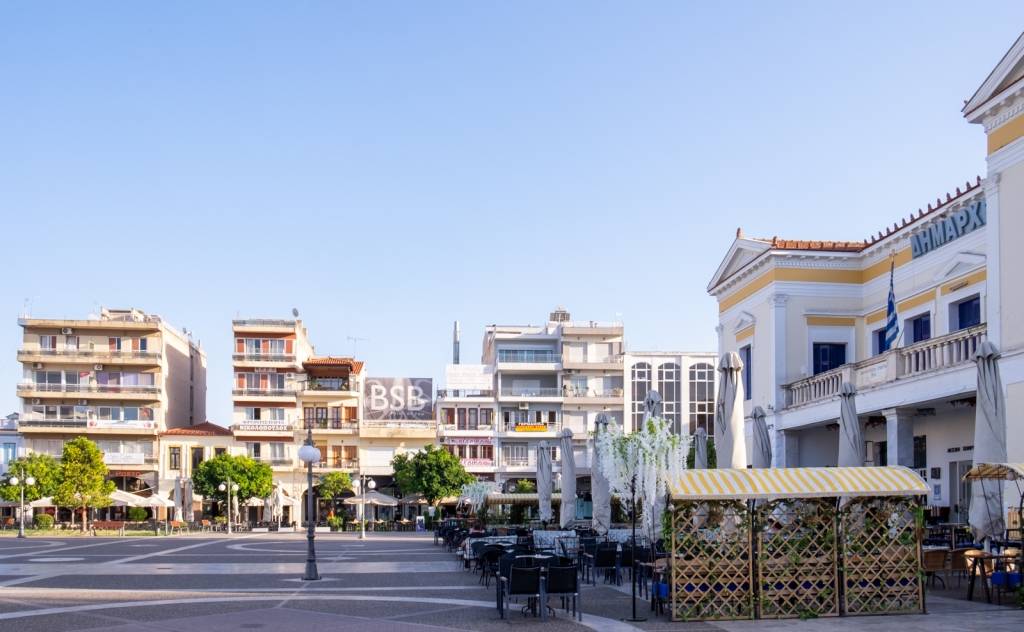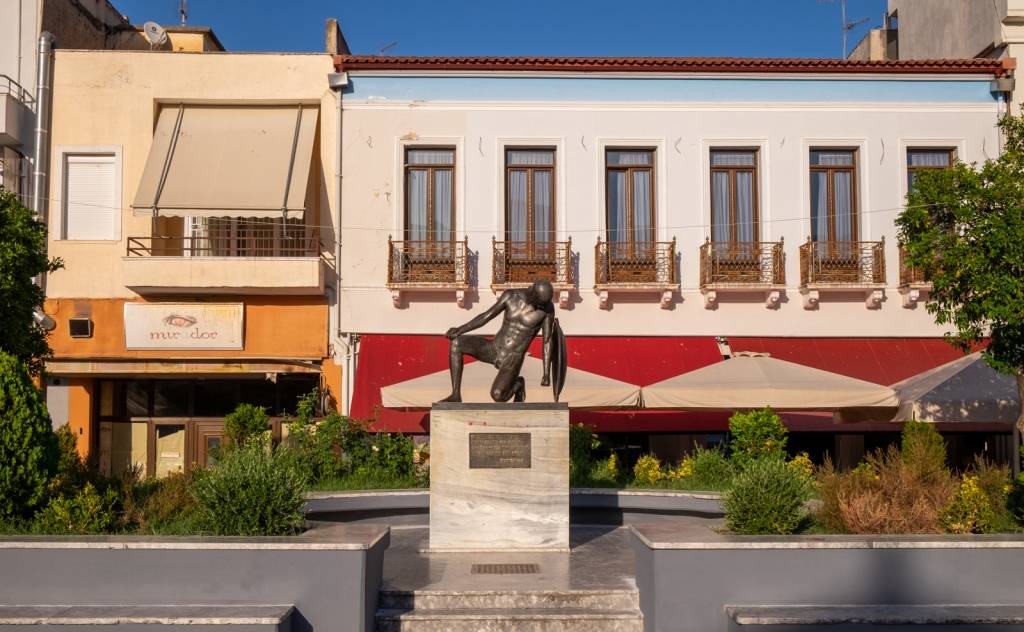








Sparta, the city of heroes, is the capital of the Prefecture of Laconia with a population of 16,500 inhabitants and is its economic, administrative and cultural center. the Mythical Taygetos with its wild beauty rises to the southwest, while the verdant mountain range of Parnon to the east. There are many traditions about the origin of the name of Sparta. The oldest mentions that the name comes from the daughter of Evrotas, Sparta, or from the mythical king Sparton. Another version states that it comes from the fertility of the soil, "grown land", or from the plant Spanish broom that existed in abundance on the hills of the area. There is a newer version, which states that the city was named Sparta because, initially, it consisted of sporadic settlements.
The area with its long and glorious history is mentioned by Homer as one of the most powerful Mycenaean kingdoms and the seat of Menelaus. During the Persian Wars, the sacrifice of the 300 of Leonidas and the 700 Thespians in the Strait of Thermopylae, in 480 BC, was the most staggering event of the period. Unlike other cities in Laconia, which were abandoned in the 4th century AD, both Sparta and Gythio continued to be inhabited despite earthquakes, Goth raids and the plague epidemic in 541-543.
The new city of Sparta was built on the site of the ancient one after the liberation of the country, in 1834, following a decision of King Otto. It was built according to the Hippodameian urban system and based on the plans of the German architect Edward Saubert, which envisaged wide boulevards and large squares. The city is a modern, urban center with magnificent neoclassical buildings and museums, offering the visitor an unforgettable stay. Its glorious past and the close distance from Mystras make it one of the best destinations.
Every year, in the city of Sparta, the festival "Cultural Summer" is organized at the Saitopouleio Amphitheater, where visitors can attend performances and concerts during their stay in the city.